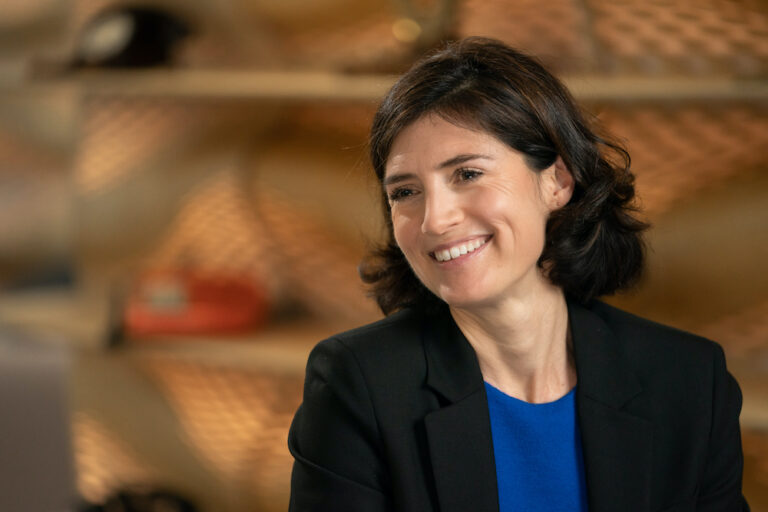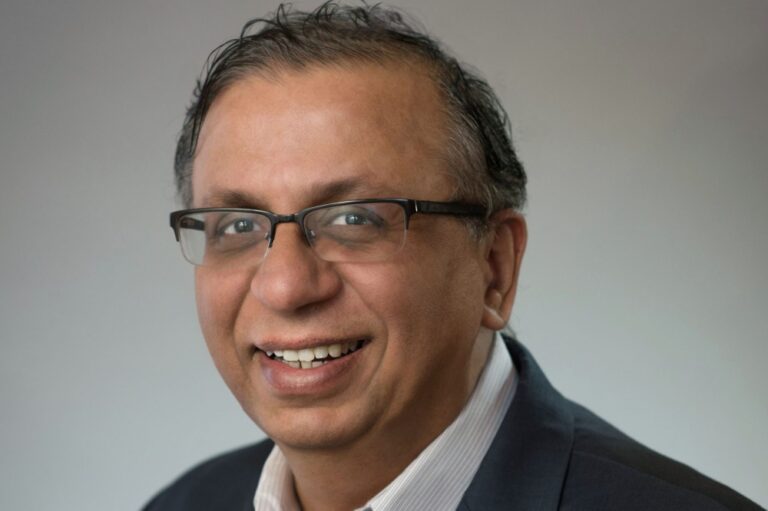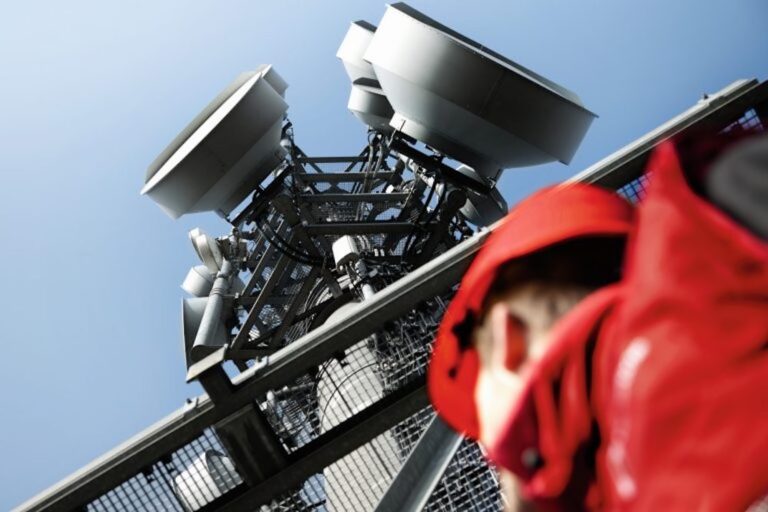Europe still lags the US and Asia with only about a third of homes having access to fibre connectivity
Wendell Weeks, CEO of the world’s biggest fibre manufacturer, Corning, warned in an interview with the Financial Times [subscription needed] that Europe lacks a sufficiently robust fibre supply chain. He described Europe as a ‘paradise’ for fibre makers, as three Europe’s biggest markets – Germany, Italy and the UK – continue to play catch-up, having delayed investment in fibre infrastructure for years. And of course 5G relies heavily on fibre backhaul.
Last week Corning opened one of the world’s largest fibre plants in Poland, which aims to meet 30% of demand in Europe over the coming year.
A spokesperson for Europe’s biggest fibre supplier, Prysmian Group, refuted claims of shortages, telling the FT there is a “temporary tightness” in the market caused in large part by higher input costs.
Perhaps Corning is hoping that Europe’s biggest operator groups will take a leaf out of their US counterparts’ book and get Corning to build them dedicated manufacturing facilities to guarantee supply, as it has for Verizon and more recently AT&T.
Meanwhile, at the sharp end…
EXFO says the UK ISP Gigaclear has selected its remote fibre testing and monitoring solution to support its ambitious expansion. EXFO specialises in test, monitoring and analytics.
Gigaclear focuses on rural areas, as the first fibre provider in those locations. The monitoring is intended to increase the level of right first-time deployments thereby reducing fault-finding efforts and truck rolls during operation. Identifying faults once fibre is in service will be done a few strategic, central locations within its network using on fixed Optical Time Domain Reflectometer (OTDR).
Using optical switching, the solution automates and speeds up the execution of tests throughout phases of the network lifecycle, from deployment to operation so the condition of fibre optic installations is checked constantly. Degradations or breaks are pinpointed within minutes of occurring.
Country matters
Gigaclear’s network is present in over 650 rural communities in more than 22 counties across the south-east and south-west England and the Midlands, more than 300,000 premises are connected to its FTTP network.
It plans to expand its network to thousands more premises in the counties of Essex, Hertfordshire, Suffolk and Cambridgeshire over the next few years.
To meet the government’s deployment targets, UK fibre providers must accelerate build times from 1.5 million homes passed per year (in 2019), to 6 million homes passed by 2025, installing more than 500,000 kilometers of fibre in the process.
James Harrison, Chief Engineer, Gigaclear, commented, “It isn’t often that you see an opportunity to do something both faster and better…Combined with our proprietary and tightly integrated test and network data management systems, EXFO’s fibre monitoring technology and iOLM [intelligent optical link mapper] test units ensure our planned network is built accurately and to the quality standards we expect. We’re also able to proactively monitor our network, helping ensure a reliable, dependable service for customers.”












